Solar System: Top 5 Things To Know This Week
Solar System: Top 5 Things to Know This Week
It’s only Tuesday and this week is already filled with news about our solar system. Here are the top five things to know this week:
1) Mars!

With five spacecraft in orbit and two rovers exploring the ground, there’s always something new and interesting about the Red Planet. Yesterday things got even more exciting when we released the most compelling evidence yet that liquid water sometimes flows on Mars today.
2) HTV-5 Cargo Ship

On Monday, the HTV-5 cargo ship was released from the International Space Station to burn up as it reenters Earth’s atmosphere. The HTV-5 carried a variety of experiments and supplies to the space station, and was docked for five weeks.
3) Pluto Continues to Excite

If you haven’t been keeping up with the weekly releases of newly downloaded pictures from our New Horizons spacecraft, you are definitely missing out. But don’t worry, we have you covered. The latest updates can be found HERE, be sure to follow along as new information is released. More images are scheduled to be featured on Oct. 1.
4) Cassini Mission

This week on Sept. 30, our Cassini spacecraft will reach the closest point to Saturn in it’s latest orbit around the planet. Just to put things in perspective, that will be Cassini’s 222nd orbit around Saturn! Learn more about this mission HERE.
5) What Happened to Mars’ Atmosphere?

Believe it or not, the Martian atmosphere we see today used to be much more substantial many years ago. What happened? Our Mars Atmosphere and Volatile EvolutioN (MAVEN) spacecraft has been in orbit around Mars for one Earth year, searching for the answers. Learn more HERE.
Make sure to follow us on Tumblr for your regular dose of space:http://nasa.tumblr.com
More Posts from Inter-stellxr-blog and Others

Alternate Concept: Minimized Fairing and Stage 2 Recovery
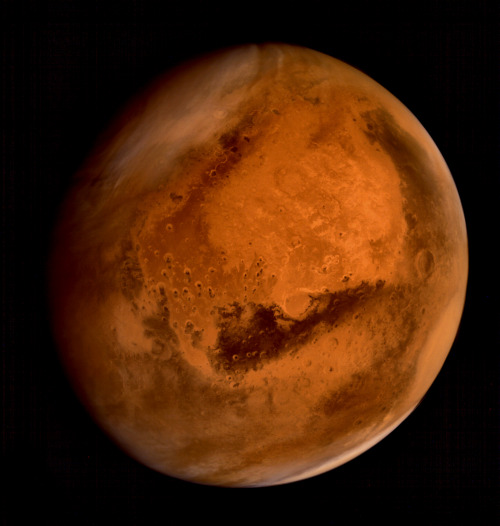
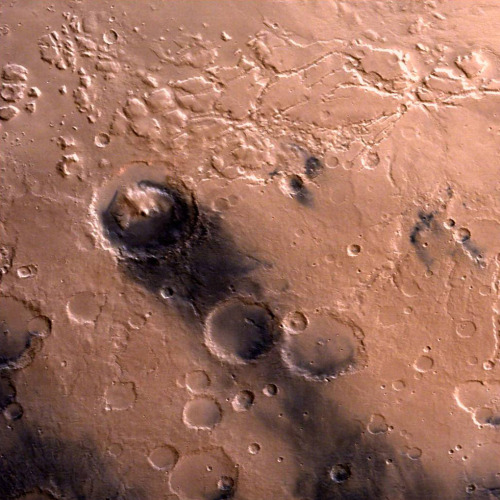
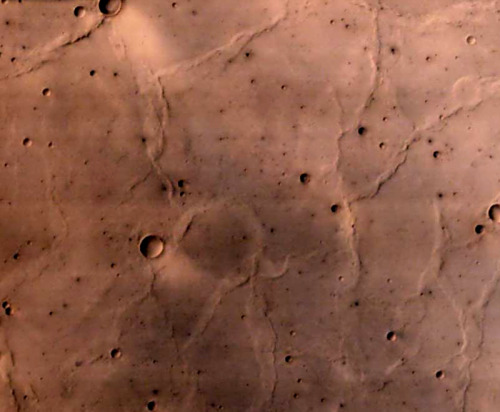
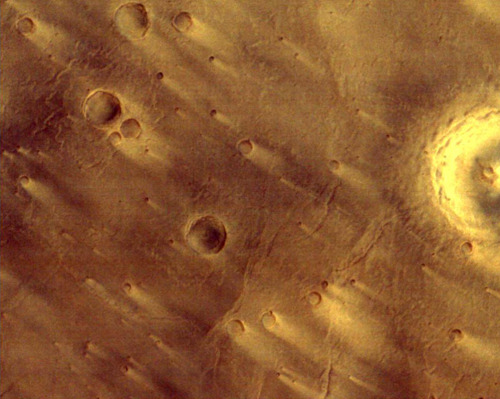
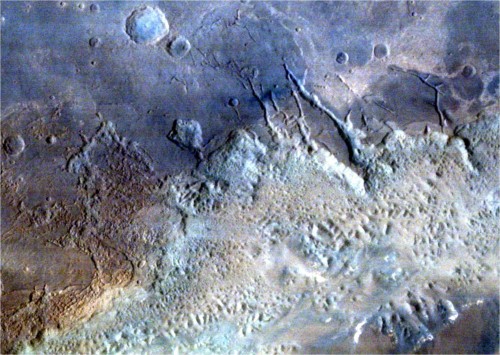
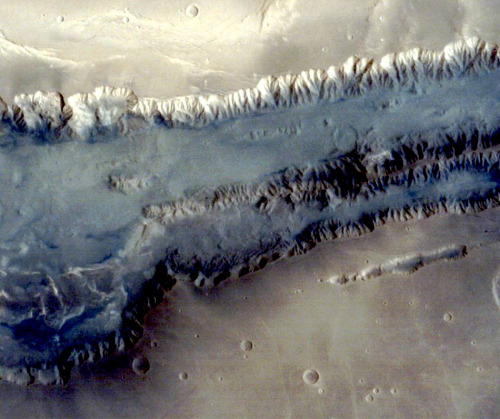
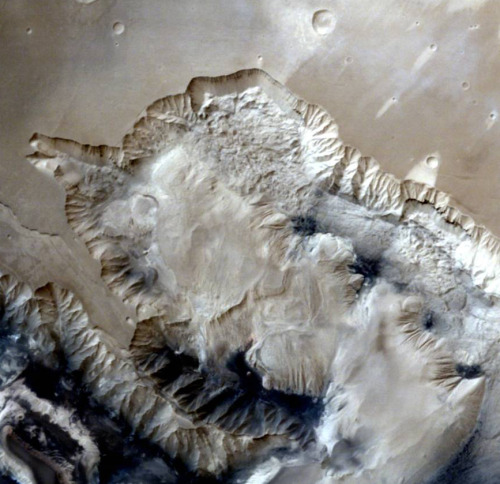
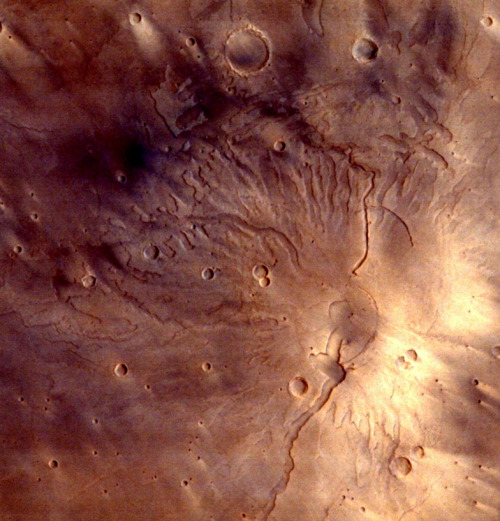
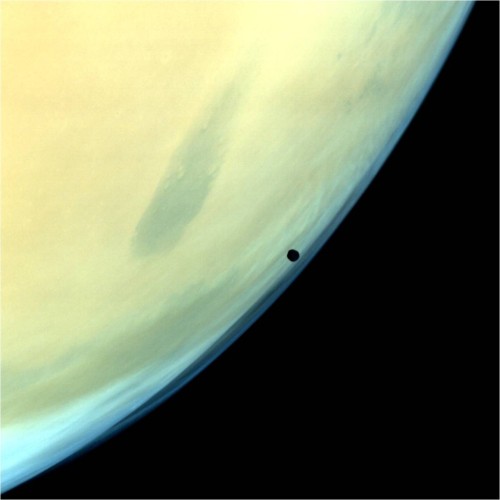
Photographs of Mars taken by the Indian Mars Orbiter Mission, which has been orbiting the planet since September 2014. Can you imagine our descendants colonizing this world?

This Week in Chemistry: A liquid with holes in, why spider webs stay sticky, & more! http://goo.gl/vNI6rF

That feel when you’re so drained of creativity that you have to ask your friend to just pick a number from 1-44. Yeah this hasn’t been my greatest week in terms of art so I’m very this isn’t that great. ANYWAYS Teddy Roosevelt is the literal embodiment the shark from the body building ad from that one spongebob episode (I overdosed my add meds today so I’d like to apologize ahead of time). But yeah, sick of being the scrawny asthmatic kid he was, Teedy (he was actually called that) wanted to buff up and oh my god did he freaking accomplish that. He turned out to be basically invincible stopping a bullet with his chest at one point while being charismatic as fuck, but he would basically just disappear into the void whenever someone would say a dick joke. Also, apparently he didn’t swear on the bible when taking office when McKinley was assassinated so that’s why he’s saying oh my god.
@wingmanoftheuniverse: thank
NASA: 2016 Look Ahead

The work we do, and will continue in 2016, helps the United States maintain its world leadership in space exploration and scientific discovery. Here’s an overview of what we have planned for the coming year:
Our Journey to Mars

We’re developing the capabilities needed to send humans to an asteroid by 2025 and Mars in the 2030s. Mars is a rich destination for scientific discovery and robotic and human exploration as we expand our presence into the solar system. Its formation and evolution are comparable to Earth, helping us learn more about our own planet’s history and future.
Work and Research on the International Space Station

The International Space Station is a unique place – a convergence of science, technology and human innovation that demonstrates new technologies and makes research breakthroughs not possible on Earth. In 2016, we will continue our groundbreaking research on the orbiting laboratory.
Returning Human Spaceflight Launches to American Soil

Our Commercial Crew Program is working with the American aerospace industry as companies develop and operate a new generation of spacecraft and launch systems capable of carrying crews to low-Earth orbit and the International Space Station. Commercial transportation to and from the station will provide expanded utility, additional research time and broader opportunities of discovery on the orbiting laboratory.
Studying Our Earth Right Now

We use the vantage point of space to increase our understanding of our home planet, improve lives and safeguard our future. In 2016, we will continue to monitor Earth’s vital signs from land, air and space with a fleet of satellites and ambitious airborne and ground-based observation campaigns.
Fostering Groundbreaking Technology Development

Sustained investments in NASA technology advances our space exploration, science and aeronautics capabilities. Our technology development also supports the nation’s innovation economy by creating solutions that generate tangible benefits for life on earth. In 2016, we will continue to invest in the future of innovation.
Breakthroughs in Aeronautics

Thanks to our advancements in aeronautics, today’s aviation industry is better equipped than ever to safely and efficiently transport all those passengers to their destinations. In fact, every U.S. aircraft flying today and every U.S. air traffic control tower uses NASA-developed technology in some way. In 2016, we will continue making these breakthroughs in aeronautics.
Discoveries in Our Solar System and Beyond

This year we will continue exploring our solar system and beyond to unravel the mysteries of our universe. We are looking to answer key questions about our home planet, neighboring planets in our solar system and more!
Make sure to follow us on Tumblr for your regular dose of space: http://nasa.tumblr.com


The Key to Colonizing Mars Could Be These Tiny Green Microbes
Long ago, a clan of hardy microbes called cyanobacteria helped terraform the lifeless Earth into a vibrant biosphere. Today, the very same critters could be the key to colonizing Mars.
Plants are going to have a tough time on the Red Planet’s hostile surface, but cyanobacteria have coped with extreme environments for eons. A paper led by astrobiologist Lynn Rothschild of NASA’s Ames Research Institute argues that we can harness these tiny photosynthesis machines to produce many of the resources we’ll need to survive, from food and oxygen to metals and medicine. Here are all the ways cyanobacteria can help us build a Martian colony.
Continue reading via Gizmodo and introduce yourself to biomining.
7 Things That Happen When You Go To Space
Told Through Astronaut Scott Kelly’s Tweets
Astronaut Scott Kelly is currently spending a year in space. Most expeditions to the space station last four to six months. By doubling the length of this mission, researchers hope to better understand how the human body reacts and adapts to long-duration spaceflight. During this one-year mission, Kelly is also participating in the Twins Study. While Kelly is in space, his identical twin brother, retired NASA Astronaut Mark Kelly, will participate in a number of comparative genetic studies.
Here are a few things that happen when astronauts go to the space station:
1. Your personal hygiene takes on a different form:


2. Sleeping arrangements might take some getting used to:



3. Internet services will remind you of the 90s:

4. You never have to do laundry:


5. You get to become immersed in a range of different cultures:

6. All of your water is recycled…yes…that means urine too:


7. You get to see the Earth like never before:



Follow Astronaut Scott Kelly’s Year in Space mission on Facebook, Twitter and Instagram.
Make sure to follow us on Tumblr for your regular dose of space: http://nasa.tumblr.com




mark your calendars!!!
Hiro:... Hey tadashi.
Tadashi: yeah?
Hiro: is that a mirror in your pants?
Tadashi: what?
Hiro: cause i can see me in 'em.
Tadashi:...
Tadashi:...
Hiro: well?
Tadashi:... Get out.
-
 sweetbutterbliss liked this · 3 weeks ago
sweetbutterbliss liked this · 3 weeks ago -
 trigrerhiden liked this · 7 years ago
trigrerhiden liked this · 7 years ago -
 culoren-blog reblogged this · 8 years ago
culoren-blog reblogged this · 8 years ago -
 jaimeroman reblogged this · 9 years ago
jaimeroman reblogged this · 9 years ago -
 megaradcollectionwolfthings-blog liked this · 9 years ago
megaradcollectionwolfthings-blog liked this · 9 years ago -
 pikasplace liked this · 9 years ago
pikasplace liked this · 9 years ago -
 indelible-stars liked this · 9 years ago
indelible-stars liked this · 9 years ago -
 vorini liked this · 9 years ago
vorini liked this · 9 years ago -
 shuggaloo-blog reblogged this · 9 years ago
shuggaloo-blog reblogged this · 9 years ago -
 solooktheotherway liked this · 9 years ago
solooktheotherway liked this · 9 years ago -
 moonwalkertrance liked this · 9 years ago
moonwalkertrance liked this · 9 years ago -
 thedoctorknits liked this · 9 years ago
thedoctorknits liked this · 9 years ago -
 mediumsizedmixx reblogged this · 9 years ago
mediumsizedmixx reblogged this · 9 years ago -
 shuggaloo-blog liked this · 9 years ago
shuggaloo-blog liked this · 9 years ago -
 coffeereport liked this · 9 years ago
coffeereport liked this · 9 years ago -
 with-a-glass-of-mimosa reblogged this · 9 years ago
with-a-glass-of-mimosa reblogged this · 9 years ago -
 prismacolorskies-blog reblogged this · 9 years ago
prismacolorskies-blog reblogged this · 9 years ago -
 prismacolorskies-blog liked this · 9 years ago
prismacolorskies-blog liked this · 9 years ago -
 bangtanxseven liked this · 9 years ago
bangtanxseven liked this · 9 years ago -
 a-personal-jab liked this · 9 years ago
a-personal-jab liked this · 9 years ago -
 tristanshoard reblogged this · 9 years ago
tristanshoard reblogged this · 9 years ago -
 timetraveleroftheuniverse liked this · 9 years ago
timetraveleroftheuniverse liked this · 9 years ago -
 paranormal2things liked this · 9 years ago
paranormal2things liked this · 9 years ago -
 onlyatomsandthevoid liked this · 9 years ago
onlyatomsandthevoid liked this · 9 years ago -
 artificialoving liked this · 9 years ago
artificialoving liked this · 9 years ago -
 girldad666 reblogged this · 9 years ago
girldad666 reblogged this · 9 years ago -
 static-traveler liked this · 9 years ago
static-traveler liked this · 9 years ago -
 violetashes liked this · 9 years ago
violetashes liked this · 9 years ago -
 andreycoded liked this · 9 years ago
andreycoded liked this · 9 years ago -
 calibratedoddity liked this · 9 years ago
calibratedoddity liked this · 9 years ago -
 newcenturymagazine reblogged this · 9 years ago
newcenturymagazine reblogged this · 9 years ago -
 littlepegasoshappiness reblogged this · 9 years ago
littlepegasoshappiness reblogged this · 9 years ago -
 blackestglass reblogged this · 9 years ago
blackestglass reblogged this · 9 years ago -
 heylizwood liked this · 9 years ago
heylizwood liked this · 9 years ago -
 wehavelightandfury liked this · 9 years ago
wehavelightandfury liked this · 9 years ago -
 wehavelightandfury reblogged this · 9 years ago
wehavelightandfury reblogged this · 9 years ago -
 klongboy reblogged this · 9 years ago
klongboy reblogged this · 9 years ago -
 abadurl liked this · 9 years ago
abadurl liked this · 9 years ago -
 perzikboom liked this · 9 years ago
perzikboom liked this · 9 years ago -
 astronomy-is-awesome liked this · 9 years ago
astronomy-is-awesome liked this · 9 years ago
"I don't know who will read this. I guess someone will find it eventually. Maybe in a hundred years or so." -Mark Watney
174 posts